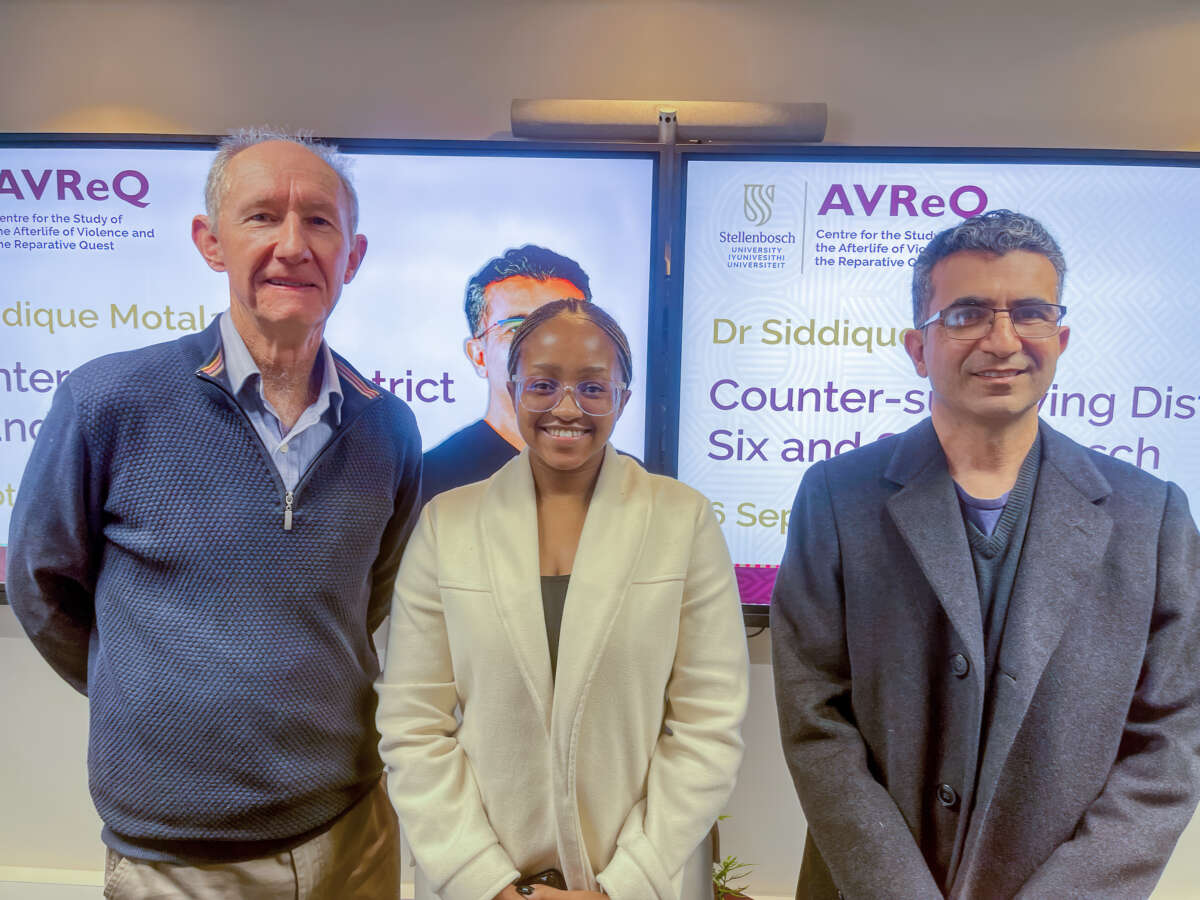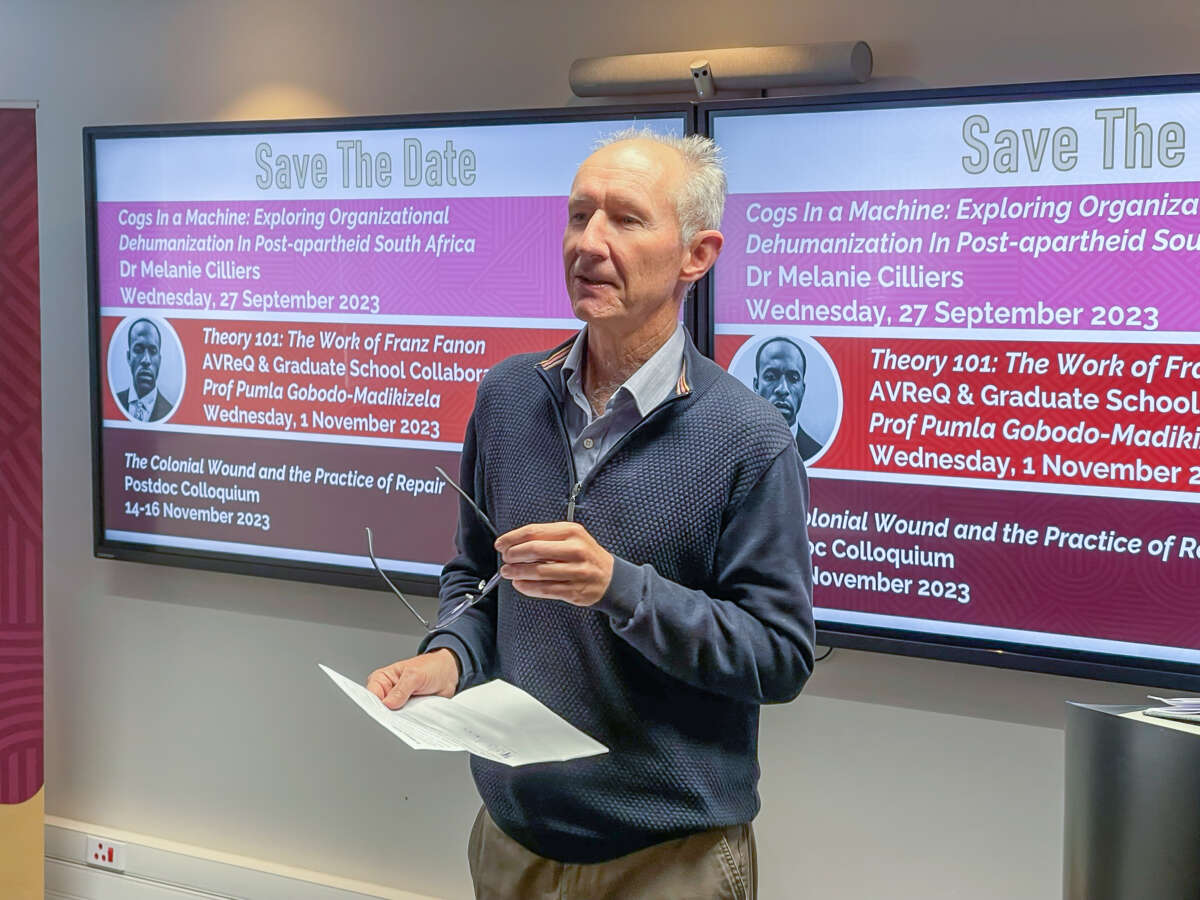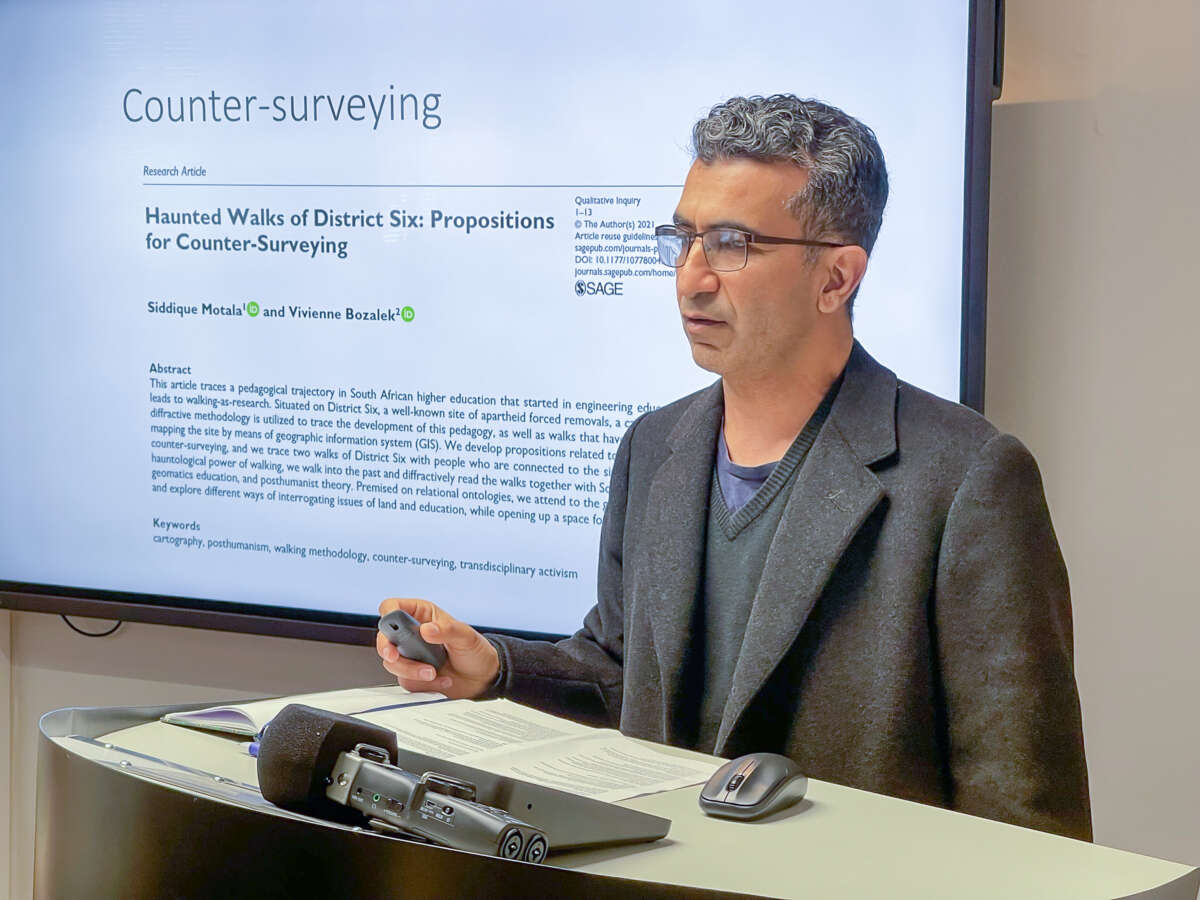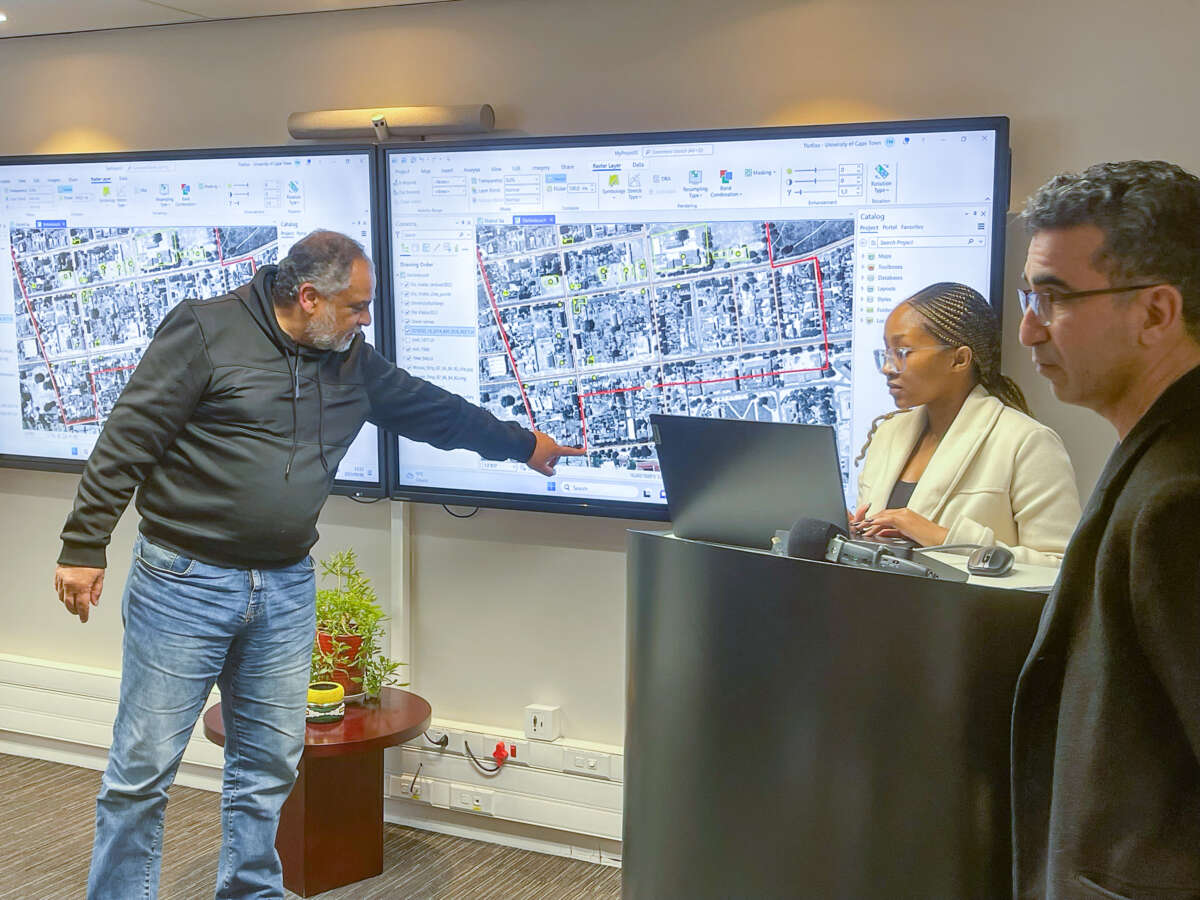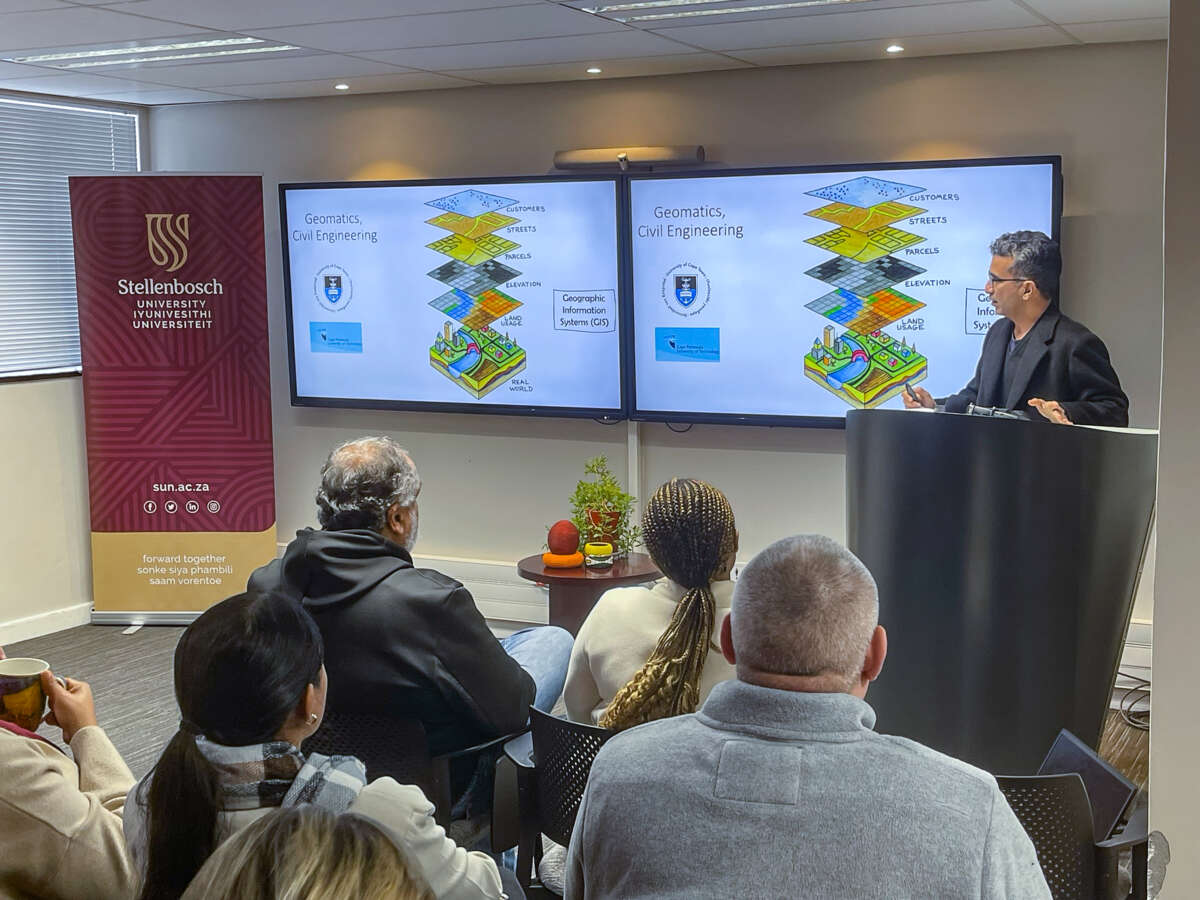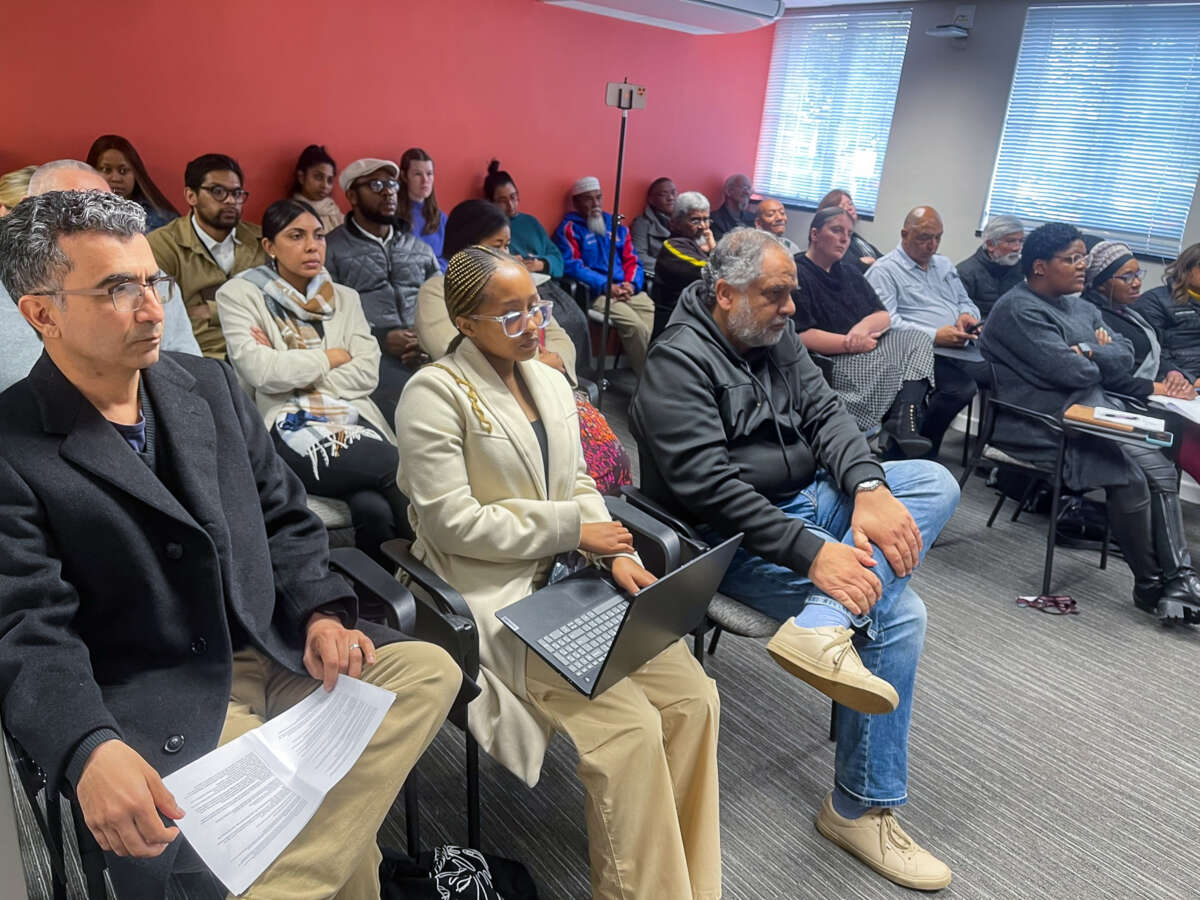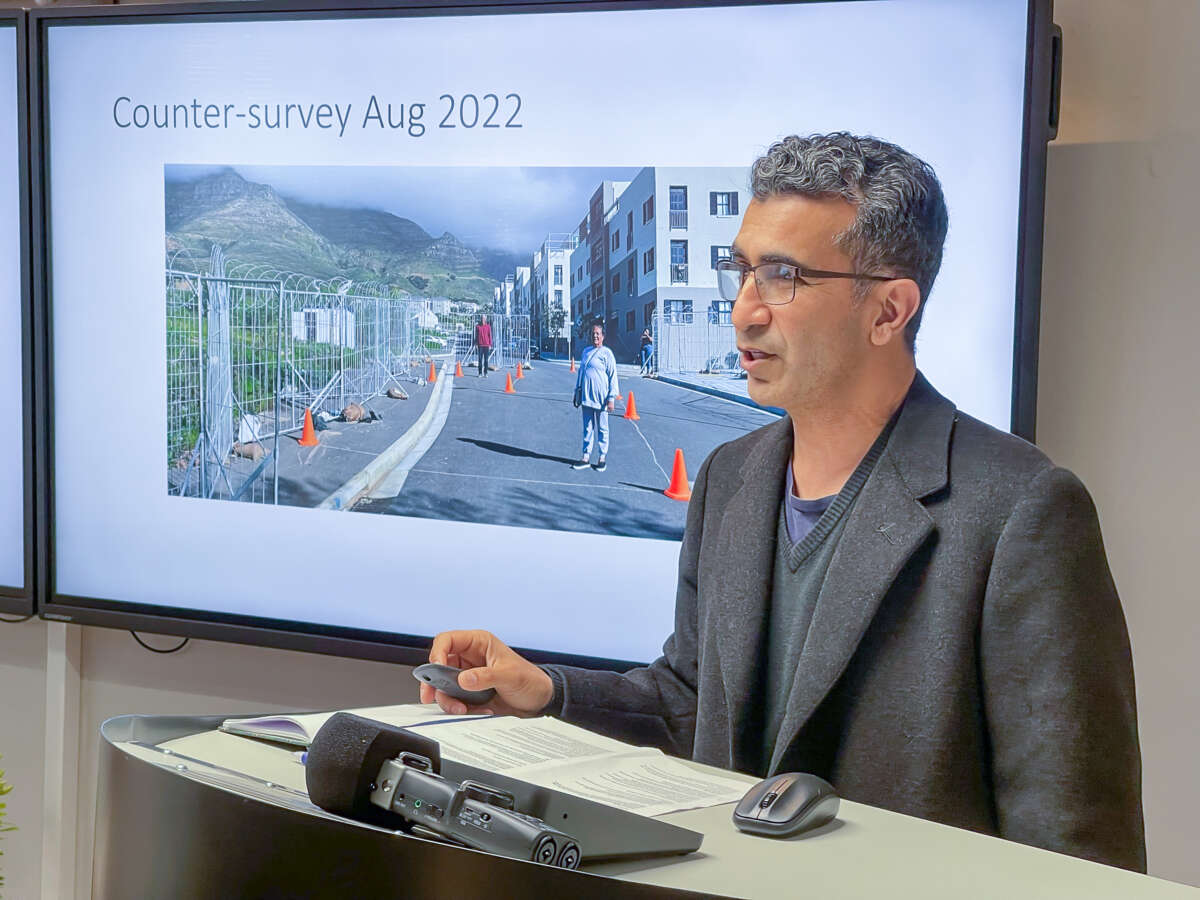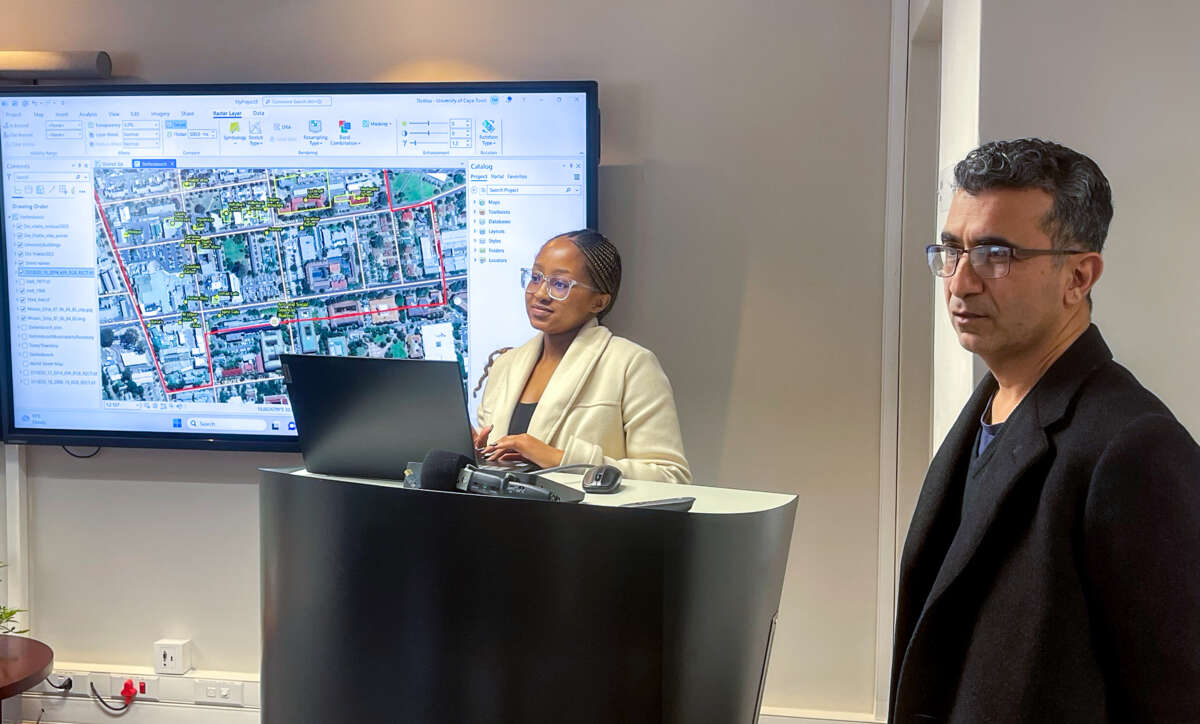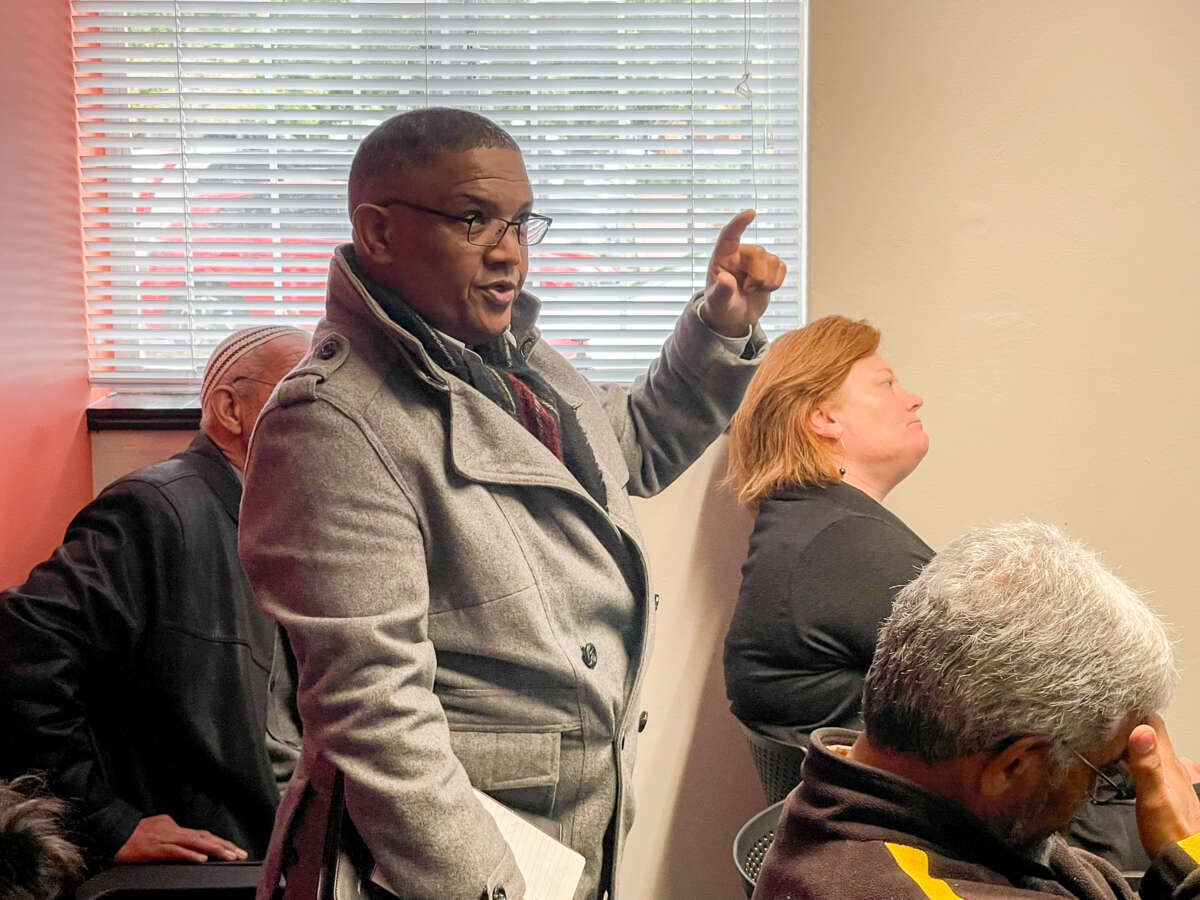Dr. Siddique Motala
Dr. Siddique Motala’s recent lecture offered an intriguing journey into the heart of District Six, Cape Town, where he dedicated the past 15 years to profound research. This lecture was more than just a presentation; it served as a testament to the power of interdisciplinary exploration and innovative methodology in preserving heritage and confronting historical injustices.
In a recent lecture, Dr. Siddique Motala offered an intriguing journey into the heart of District Six, Cape Town, where he had dedicated the past 15 years to profound research. This lecture was more than just a presentation; it served as a testament to the power of interdisciplinary exploration and innovative methodology in preserving heritage and confronting historical injustices.
At its core, Dr. Motala’s lecture focused on the meticulous mapping of District Six, a site fraught with memories, both painful and joyful. But this wasn’t just about cartography; it was about unearthing the hidden stories of a place that no longer exists physically. Through his innovative methodology of “counter-surveying,” Dr. Motala demonstrated how he marked out the locations of vanished sites, breathing life back into the memories of this historic location.
However, Dr. Motala’s work extended beyond District Six. He also embarked on a parallel journey in Die Vlakte, a community near Stellenbosch, South Africa. Die Vlakte, like District Six, carries a profound history of forced removals and dispossession. It became a focal point of Dr. Motala’s research, as well as the work of his student, Tlotliso Mokomane.
Die Vlakte and Stellenbosch
Stellenbosch University could not escape the political turmoil of the apartheid era. Parts of mid-campus were built in “Die Vlakte” (Afrikaans for ‘The Flats’), Die Vlakte was home to many coloured residents of Stellenbosch but was subject to forced removals in terms of the Group Areas Act (Act 41 of 1950). The university thus has a unique opportunity and responsibility to engage with the history and legacy of these injustices.
Dr. Motala’s student, Tlotliso Mokomane, has been instrumental in continuing the work of counter-surveying. Her research is focused on the development of counter-surveying as a methodology to document forced removals, with case studies encompassing both District Six and Die Vlakte. Her work not only contributes to the preservation of the history of these communities but also offers a path toward healing and justice.
A highlight of the lecture was when member of the “Die Vlakte Community Group’ could actually indicate where the used to live. This was a very heartfelt moment as the past became very present in the lecture. The AVReQ room in which the lecture was held, is but a stone-throw away from the house where a participant lived before the removals. The past of Die Vlakte and the trauma thus because very present.
The Haunting of History
During the lecture, Dr. Motala delved into the concept of haunting in history, drawing on the works of scholars like Avery Gordon. He illustrated how the past was not a distant memory but a palpable presence that continued to shape our world today. This haunting served as a poignant reminder of the enduring effects of historical injustices, urging the audience to confront them head-on.
Dr. Motala’s lecture wasn’t just a reflection on the past; it was a call to action for the present and the future. He challenged the audience to think of themselves as “future ancestors,” responsible for the legacy they would leave behind. What gestures were they making to the future? Were they ones of justice, equality, and environmental stewardship?
As attendees joined Dr. Siddique Motala on this enlightening journey through time, methodologies, and the enduring power of heritage preservation, they witnessed the resurrection of District Six, the exploration of Die Vlakte’s history, and the profound impact of this work on their understanding of history and justice.
